World Beef Trade
Author
Published
6/9/2025
Major Players
The United States is a major player in the world beef market. Even with declining cattle inventory numbers, the United States is once again expected to be the world’s top producer of beef and veal, with domestic production exceeding 11.8 million metric tons of production. The United States is also expected to be the top market for beef and veal consumption, with more than 12.65 million metric tons of beef consumed each year, according to the USDA Foreign Agriculture Service PSD data for 2025 (Table 1). Beef production in Brazil is not far behind the United States and is expected to keep climbing, while production levels here in the United States are under substantial pressure due to drought, high prices, and declining calf crop numbers.
When it comes to trade, the United States remains in the top 5 markets for both beef exports and imports. The United States ranks second in quantity of beef imports (2.007 mmt), behind only China. Brazil ranks first in volume of exports, where the United States ranks fourth (1.179 mmt), trailing both Australia and India along with Brazil. Declining U.S. beef exports are largely due to declining U.S. production coupled with strong domestic demand.
 Table 1: Major countries in the world beef market
Table 1: Major countries in the world beef marketRelative Value of U.S. Beef Imports and Exports
Typically, the United States imports and exports approximately the same amount of beef on a quantity basis. Table 1 reflects the United States having lower-than-normal domestic production levels, indicating that the United States is expected to increase beef imports this year. The size of the U.S. cattle herd continues to shrink, contributing to the declining domestic production levels year over year. If the herd, at some point, were to expand, we could expect increased domestic production of beef in the year following the expansion. In the short term, it requires reduced cow slaughter and reduced heifer slaughter to start an expansionary phase of the U.S. cattle cycle.
To get a more detailed look into world beef trade, the rest of this article utilizes Comtrade data, a detailed annual and monthly trade database. Data utilized from UN Comtrade is not directly comparable to that utilized in Table 1, but the data tells a similar story.
Figure 1 illustrates U.S. beef exports and import quantities; Figure 2 shows total U.S. beef export and import values; and Figure 3 illustrates average price of a metric ton of traded beef. Except for a few years in the mid-2000s and mid-2010s when the United States noticeably imported more beef than export, import and export quantities are usually about the same, though since 2022 U.S. beef imports have been exceeding U.S. beef exports. Even so, in terms of total value, exports are typically higher than imports.
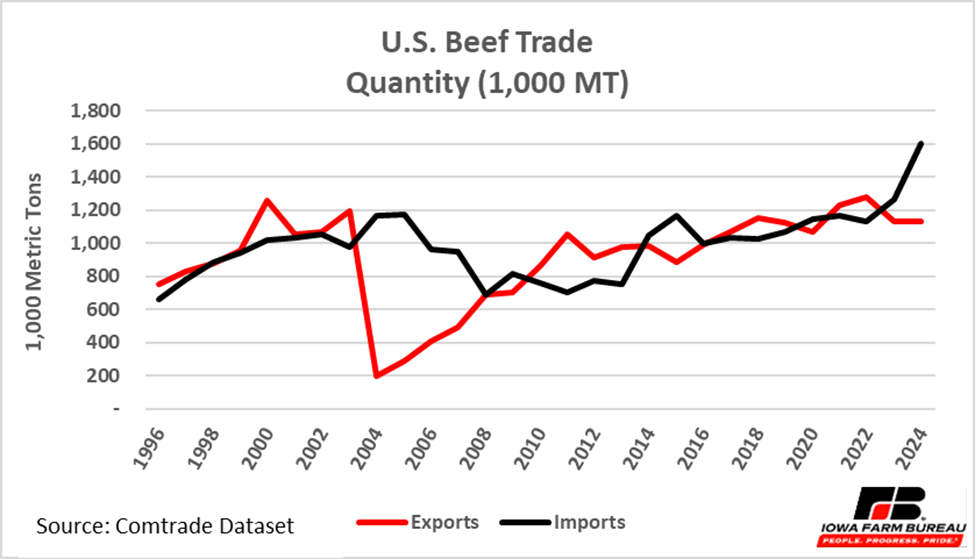 Figure 1: Quantity of U.S. beef exports 1996-2024
Figure 1: Quantity of U.S. beef exports 1996-2024 Figure 2: Value of U.S. beef exports 1996-2024
Figure 2: Value of U.S. beef exports 1996-2024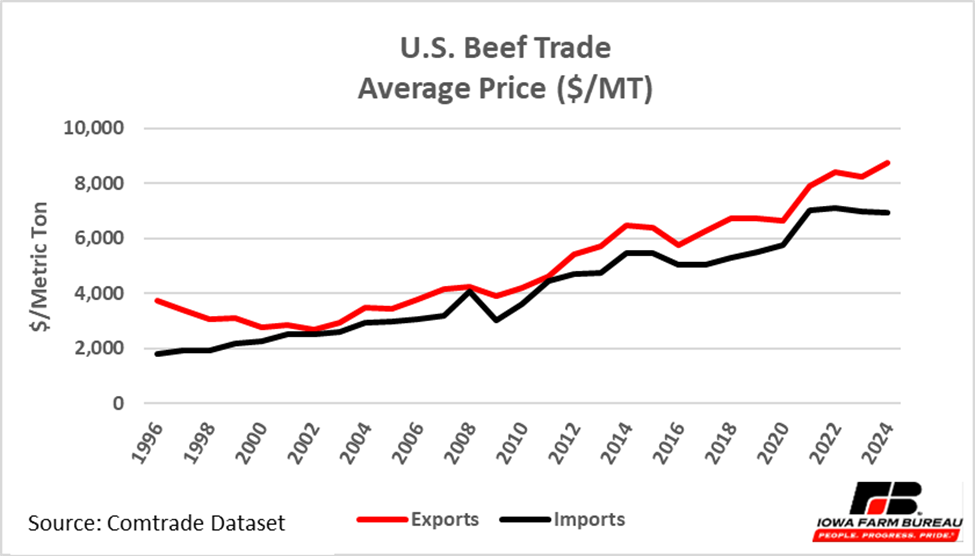 Figure 3: U.S. beef trade average price 1996-2024
Figure 3: U.S. beef trade average price 1996-2024Figure 3 illustrates that the average price of U.S. beef exports has always been higher than the average price of U.S. beef imports. The United States produces and exports more high-quality beef products and cuts than for which there is domestic demand. However, this also indicates that the United States imports lower quality cuts such as ground beef in order to meet consumer demands. Table 2 illustrates this proposition, showing average export price per metric ton to the top five U.S. export destinations is higher than the average price per metric ton of beef imported into the United States from the top five suppliers.
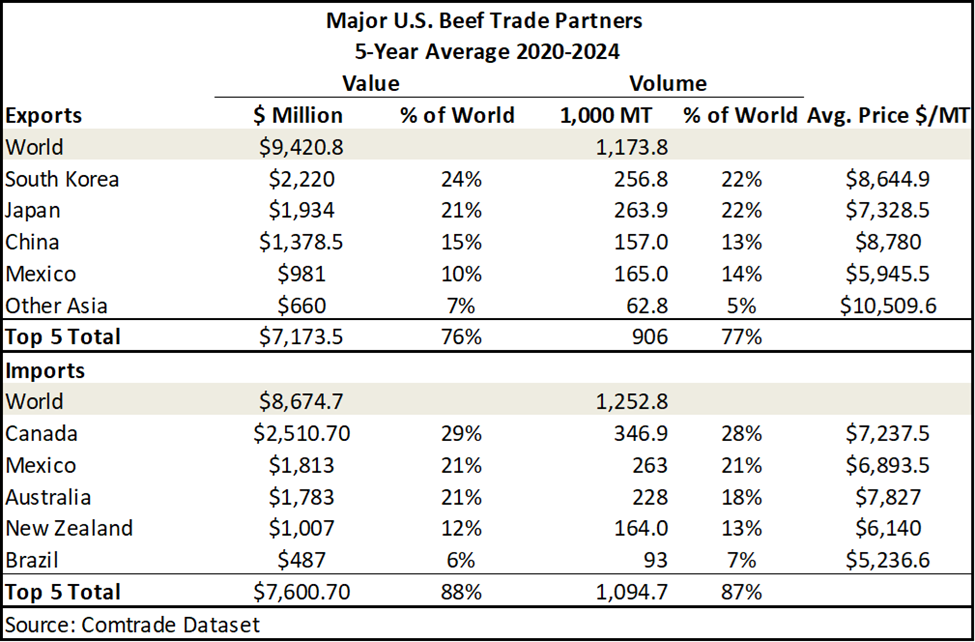 Table 2: Major U.S. beef trade partners
Table 2: Major U.S. beef trade partners
Major Trade Partners for U.S. Beef
Over the past five years, Japan and South Korea have been the top buyers of U.S. beef. In 2024, Japan and South Korea accounted for nearly 41% of all U.S. beef export volume. While exports to Japan outpace that of any other trading partner in terms of volume, exports to South Korea far exceed the value of other top ranking export destinations. The top five markets for U.S. beef exports make up 76% of all U.S. beef exports.
Canada and Mexico are the top suppliers of U.S. beef imports, who largely benefit from the geographical proximity to the United States that allows for surface transportation of products. Combined, they’ve accounted for, on average, 50% of annual U.S. beef imports over the last five years. Australia, New Zealand, and Brazil are also significant suppliers of foreign beef to the United States. Those three countries collectively account for, on average, 38% of export volume annually.
Markets of Other Major Importers and Exporters
The United States is not the only major player in the global beef market. While the United States remains a top producer and consumer of beef, it’s important to understand other trade relationships. Tables 3 and 4 outline the trade relationships of major beef exporters and importers other than the United States.
Brazil is the world’s largest exporter of beef, with China and Hong Kong making up, on average, over half of the country’s export volume.
Australia remains the world’s second largest exporter of beef, with their top export destination being the United States, closely followed by Japan. Over 80% of Australia’s beef exports, on average, are distributed across five major trade partners: United States, Japan, China, South Korea, and Indonesia.
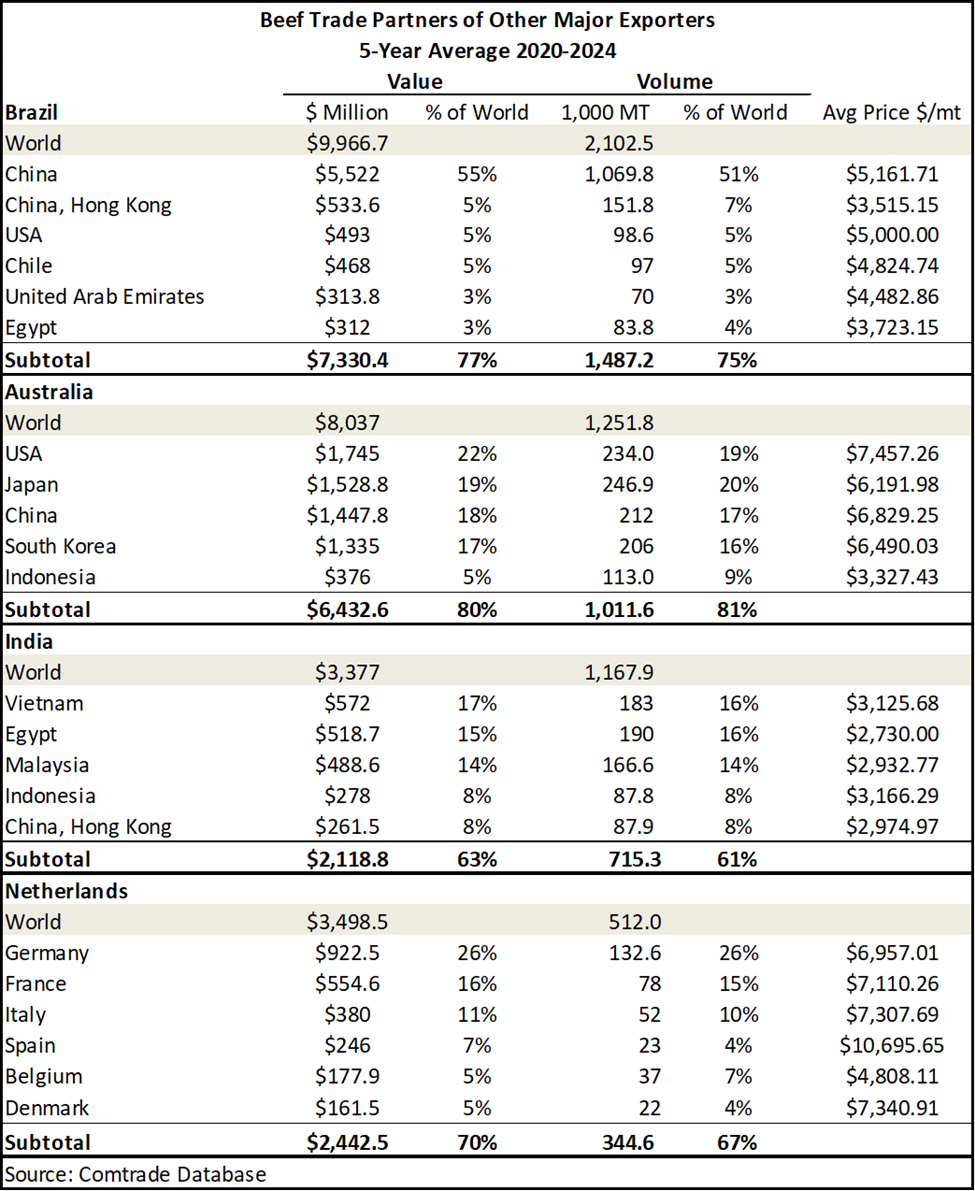 Table 3: Partners of major beef exporters besides the United States
Table 3: Partners of major beef exporters besides the United StatesIndia has surpassed the United States to become the world’s third largest beef exporter. A substantial portion of India’s beef production and exports are derived from water buffalo (mostly carabeef). As Table 3 highlights, a majority of India’s top export destinations are Asian countries and are not top-ranking beef importing countries.
China remains the world’s largest importer of beef, importing, on average, 2.3 billion MT every year over the last five years. Its primary suppliers are Brazil and Argentina, who account for well over half of their imports on a volume and value basis. China’s top five beef suppliers account for 90% of their total beef imports, which does not include the United States. The United States is the sixth largest supplier of beef to China, but accounts for only 3% of China’s total beef imports. New Zealand and Uruguay account for 9% and 11%, respectively.
Germany, though a top import destination in the global market for beef, sources a significant majority of its beef imports from within the European Union. The EU imports a majority of their beef from major producers in South America (Argentina and Brazil) and the United Kingdom.
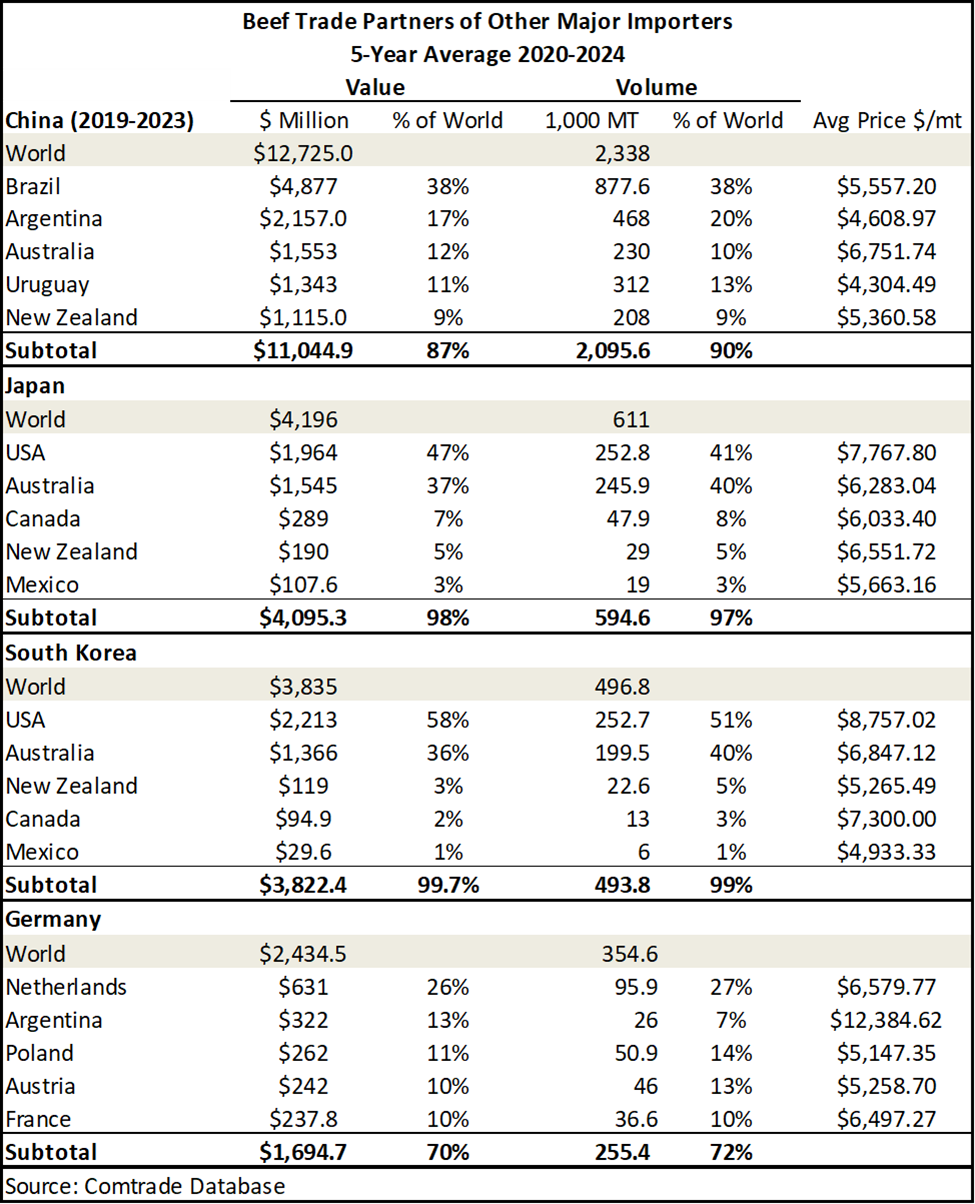 Table 4: Partners of major beef importers besides the United States
Table 4: Partners of major beef importers besides the United StatesEconomic analysis provided by Paige Klipstein, Research Analyst, Decision Innovation Solutions, on behalf of Iowa Farm Bureau
Want more news on this topic? Farm Bureau members may subscribe for a free email news service, featuring the farm and rural topics that interest them most!